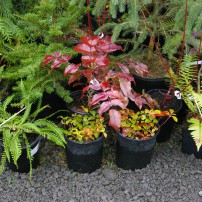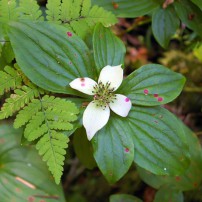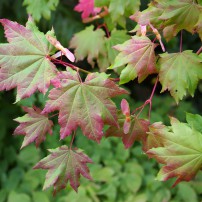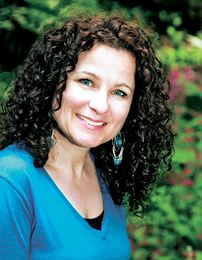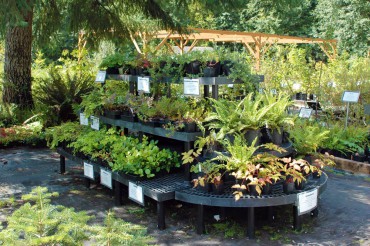
(Photo courtesy Ingrid Wachtler)
“Gardening makes you feel good,” says Ingrid Wachtler, owner of Woodbrook Native Plant Nursery. She believes that gardening is a wholesome and beneficial pursuit that keeps one young.
After two decades of growing and selling plants in Gig Harbor, Wachtler still gets excited about new plants and revels in the way working outdoors makes her feel. “Get out and plant something,” she says with a big smile. “It’s good for you.”
On a cold winter day while sitting on the front porch of the nursery office, Wachtler shares the story of how her business came to be. As she talks about their start growing Christmas trees, her raucous laugh punctuates the tale. It’s a laugh of someone who learns as she goes, someone who enjoys the ride, someone who has embraced her true calling and never looked back.
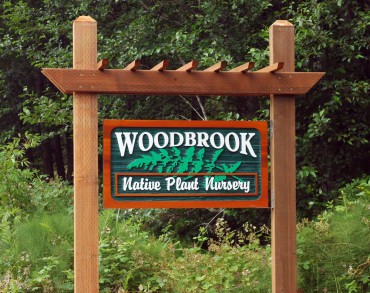
Wachtler was originally an electrical engineer, but 10 years into her profession, she picked up “What Color is Your Parachute,” the well-known book that has inspired many to change careers.
“I felt unfulfilled working as an engineer and the book revealed to me that growing plants and gardening was more suitable to my personality,” she says.
She went headlong into the new career path, quitting engineering to delve into horticulture training and to design residential landscapes. Wachtler has been a certified professional horticulturist (CPH) for many years and is the Northwest Chapter president of the Washington State Nursery & Landscape Association.

In the early 1990s, Wachtler and her husband, Bill, bought the 20 acres that Woodbrook Native Plant Nursery occupies now. She started growing natives because the plants she wanted to use in her landscape designs were difficult to find in the trade.
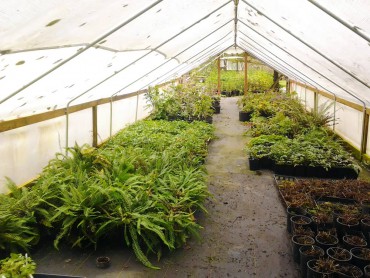
(Photo courtesy Dana Kelley Bressette)
After seeing the publication Hortus West, a directory and listing of wholesale nursery growers and their products, she got the idea to place a listing. For several years, Wachtler specialized in growing Pacific Northwest plants that were not commonly found in nurseries for landscape contractors, municipalities and the Washington State Department of Transportation.
With the growing popularity of native plants and a deeper understanding of their value in the ornamental landscape came a steady customer base for retail plant sales. Today the nursery sells wholesale and retail and arguably has one of the best retail selections of native plants in the Puget Sound.
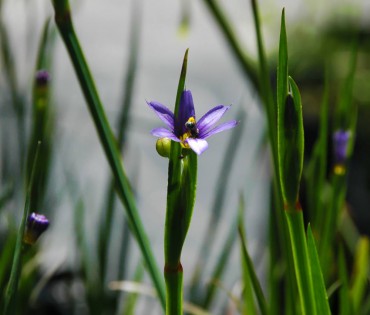
(Photo courtesy Ingrid Wachtler)
“Many people don’t know we are here, but every day, new customers find us through our website and Facebook page. Dana keeps our Facebook page and she does a wonderful job,” Wachtler says of Dana Kelley Bressette, whose master’s degree in urban horticulture from the University of Washington makes her a knowledgeable helper with propagation, plant care and with Facebook posts that showcase the beauty and versatility of native plants. Wachtler’s other employee, Chris Guyer, is a Master Gardener who recently changed careers herself to work with plants.
“Native plants are wonderful. What most people don’t realize is that they can be very beautiful and when they are established in the right place, they are low water use or can go without watering altogether. Water (is) a big issue for all of us,” she says.
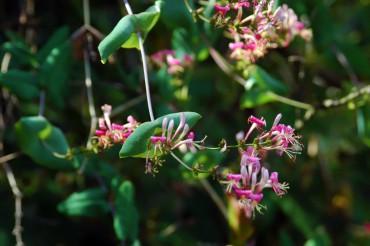
(Photo courtesy Ingrid Wachtler)
Wachtler describes how native plants have adapted over a very long time to our climate and therefore can tolerate the summer drought better than plants that originate in regions that get summer rain, such as the eastern United States.
“Native plants provide great habitat and food for wildlife, but some nonnative plants can do that, too,” she says.
The conversation turns to cascara trees (Rhamnus purshiana) and how the native is important to recovery of the band-tailed pigeon, a handsome, fast-flying bird. The pigeons are a species of concern due to historical over hunting and habitat loss, and benefit from eating the late-summer cascara fruits before their autumn migration. Beauty and ecological benefit go hand in hand with a native plant like cascara. “They are a big tree with the most beautiful foliage,” Wachtler notes.
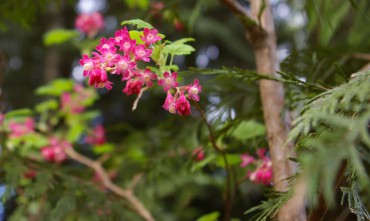
(Photo courtesy Colleen Miko)
Naturally, Wachtler has a long list of favorite native plants that includes sword fern, evergreen huckleberry, vine maple, trillium and deer fern.
“I am so excited that we’re now carrying bog cranberries,” she gushes. “I think it would make a great rain-garden plant.”
Over the past five years, more and more of her customers have come in for rain-garden plants. A rain garden is a landscape feature that allows a homeowner to infiltrate the rain water from the rooftop or driveway into the ground rather than letting it run off into a storm drain, stream or shoreline.
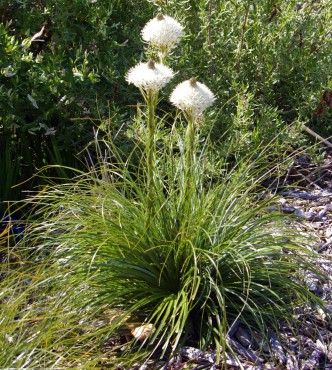
Rain gardens help protect the quality of the water from pollution and Pacific Northwest natives are particularly well-suited for rain-garden plantings. Years ago, Wachtler compiled a comprehensive list of natives that are appropriate for rain-gardens. “We provide a lot of plants to the Kitsap Conservation District for their rain garden incentive program, too,” she says.
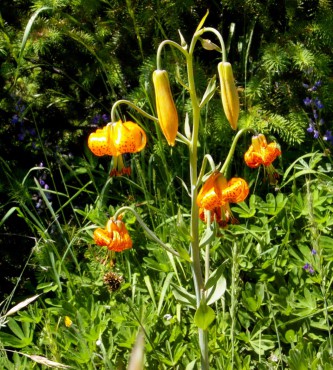
(Photo courtesy Colleen Miko)
The Woodbrook Native Plant Nursery website features a convenient availability list for all the plants she carries. One of the most coveted of natives is trumpet honeysuckle (Lonicera ciliosa) with its bright orange flowers.
“It’s bold and showy and I can’t keep it in stock,” she says of the vigorous vine.
Hairy honeysuckle (Lonicera hispidula), beargrass (Xerophyllum tenax), hairy manzanita (Arctostaphylos columbiana) and lilies (Lilium columbianum) are other plants that she says fly off the shelf.
“I have started propagating my own lilies and get the unique plants in whenever I can, but many of them are only seasonally available,” she says.
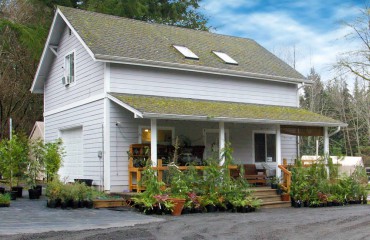
As Wachtler talks about the different plants she loves, she circles back to her belief that everyone should garden for good health.
“Whatever you grow, grow something,” she says. “Natives or nonnatives, it doesn’t matter. Gardening burns calories and working outside in the fresh air feels great.”
Wachtler smiles widely and says, “I know there is research on the positive effects of gardening on health, though I can’t quote anything.”
Indeed, there is good science on the value of horticultural therapy but seeing Wachtler’s big smile and hearing her infectious laugh as she strolls the tables of plants is all the proof anyone needs to see that 20-plus years in the nursery industry has contributed to her own and many customers’ well-being.
cccc
(Photo courtesy Colleen Miko)
(Photo courtesy Colleen Miko)




